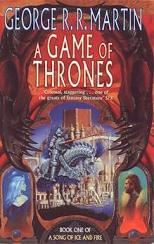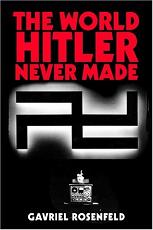
Looking for Jake and Other Stories
China Miéville
303 pages
published in 2005
Because of their birth in the pulp magazines of the mid-1920s, science fiction and fantasy used to be dominated by the short story and the novella, long after these story formats had become largely irrelevant in other genres. It was only in the early to mid seventies that the novel finally gained the upper hand on them, but even then there was a place for the short story and the sf magazines as a nursery for new talent. Not any longer, as this China Miéville collection shows. Looking for Jake is his first; it came out seven years after his first novel and five years after the book that made his name, Perdido Street Station. Even more telling, it seems to contain all the short fiction he has written in that time… Clearly, to Miéville at least, writing short stories is not a priority.
The stories seem to reinforce this feeling. Many of them feel slight, little amusements, enjoyed when read but easily forgotten by the next day, as if Miéville wrote them as exercises, scribbles inbetween more important work. Not that this makes them bad stories as such, but they mostly miss the power he packs in his novels. Most of the stories are either horror or “weird fiction”, in the tradition of M. R. James, E. F. Benson, Sheridan LeFanu and the like: not quite horror, not quite fantasy, but stories about strange happenings and all. Not quite my genre to be honest, as these stories always seem to run on rails towards set destinations in my experience.



